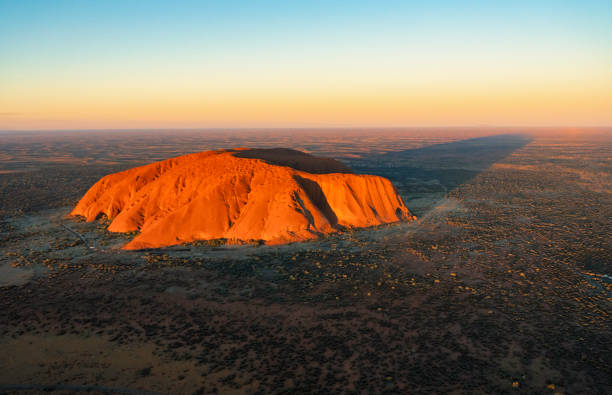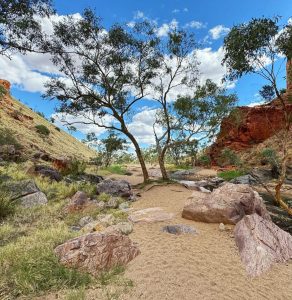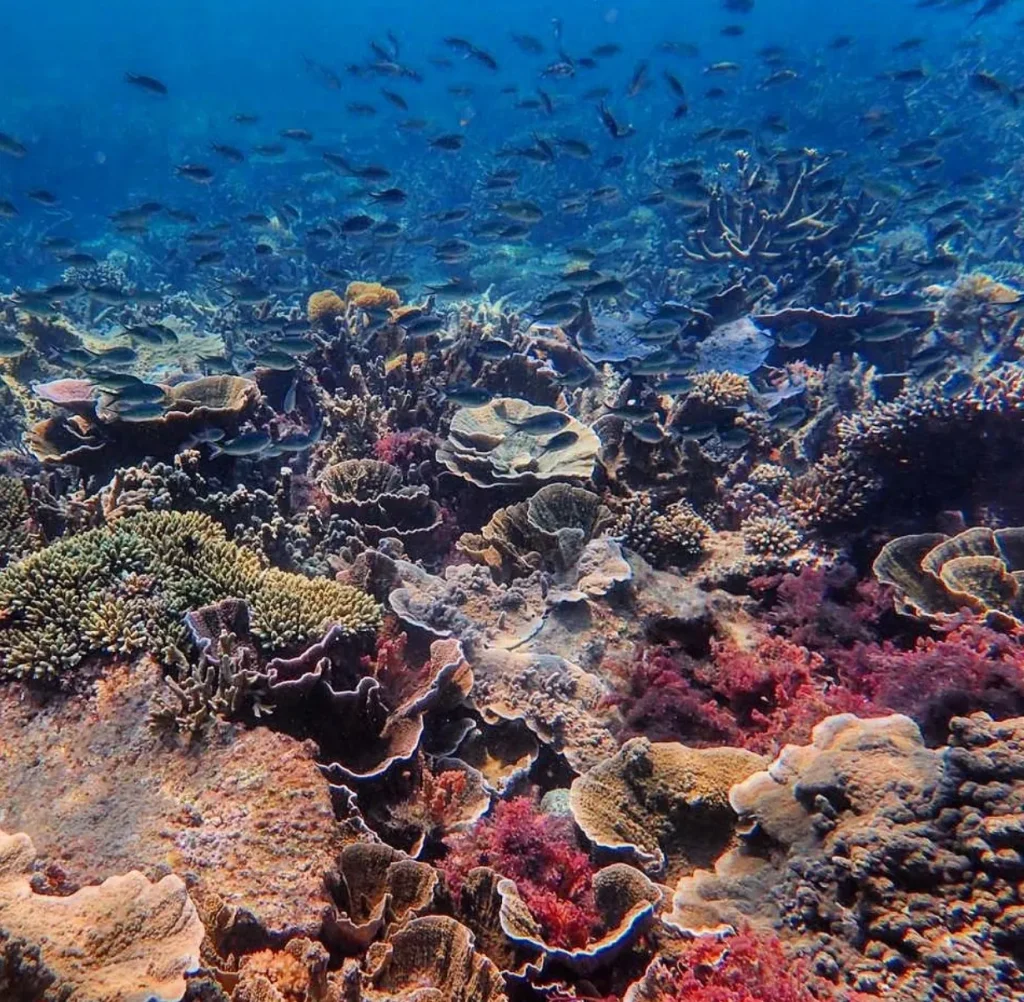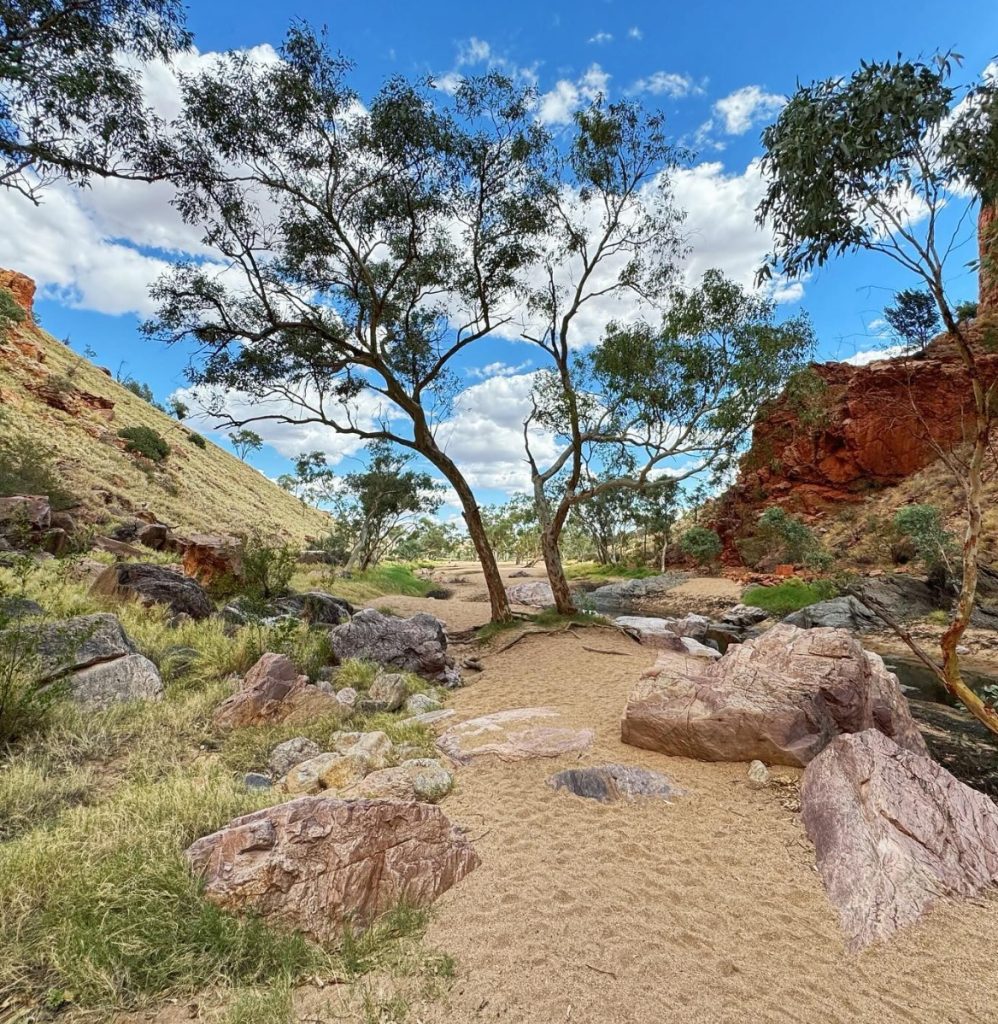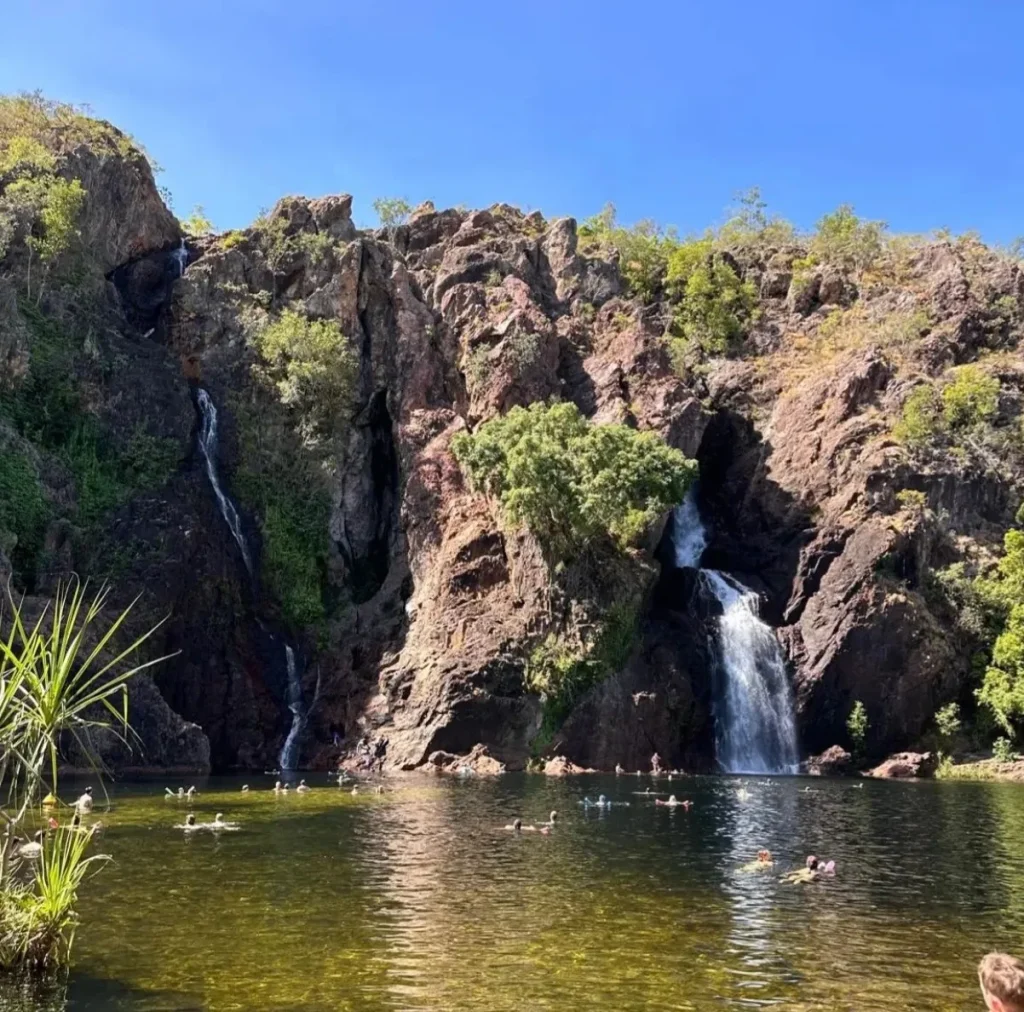Uluru, the majestic red monolith, stands tall as the spiritual and geographical heart of Australia’s Red Centre. This article is designed to guide you through exploring Uluru, a journey that promises to be as enriching as it is breath-taking. Whether you’re planning a 3 day Uluru tour or an extended stay in the outback, we’ll cover the essentials of what you need to know. From respectful cultural engagement to striking natural wonders, Uluru offers an unrivalled opportunity to connect with ancient history and the raw beauty of the Australian landscape, all while immersing yourself in an array of adventurous activities.
Planning Your Journey to Uluru
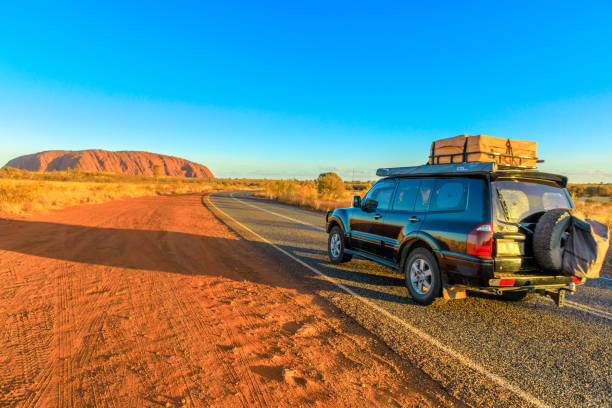
A trip to Uluru requires thoughtful preparation to make the most of your outback experience. The ideal time to visit is during the cooler months from May to September, where the desert heat is more bearable. To get to Uluru, most travelers fly into Alice Springs or Ayers Rock Airport and then take a scenic drive or a short flight to the national park. When it comes to accommodation, options range from luxury resorts to campsites. Whichever you choose, make sure to book well in advance as they can fill up quickly during peak season.
Key Steps for Planning Your Uluru Trip
- Choose your travel dates, ideally between May and September for optimal weather.
- Book flights to Alice Springs or Ayers Rock Airport with a transfer to Uluru.
- Reserve accommodation that fits your style and budget, from luxury to camping.
Respectful Exploration of Uluru
Visiting Uluru is not only an exploration of a natural wonder but also a deep dive into the cultural heartland of the Anangu people. They are the traditional custodians of the land and hold Uluru as a sacred site. As such, travelers must approach their visit with respect and sensitivity. Since October 2019, climbing Uluru is no longer permitted. Instead, tourists are encouraged to walk around the base, engage with cultural tours, and learn the Anangu people’s stories and laws, known as Tjukurpa.
Embarking on the Uluru Base Walk
The Uluru Base Walk is a 10.6-km journey that lets you experience the monolith’s vastness up close. This walk will take approximately 3 to 4 hours, and it’s best to start early in the morning to avoid the midday heat. Along the way, you’ll encounter stunning flora, ancient Indigenous art, and various points of geological interest. Be sure to bring plenty of water, a hat, protective clothing, and good walking shoes.
- Start early to avoid heat and ensure you have enough time to enjoy the walk.
- Wear comfortable walking shoes and lightweight, long-sleeved clothing.
- Carry enough water, at least one liter per hour, to stay hydrated.
Delving into Anangu Culture
To really understand Uluru, participating in cultural tours led by the Anangu is invaluable. These tours offer insights into the Anangu way of life, rock art interpretation, and the importance of Tjukurpa stories. This interaction not only enriches your visit but ensures that tourism benefits the local community, preserving this significant cultural heritage for future generations.
Witnessing the Magic of Uluru at Different Times of the Day
The color changes of Uluru at sunrise and sunset are spectacular and not to be missed. During these times, the rock transforms through a variety of hues, from deep purple to glowing red, under the shifting light of the sun. These moments encapsulate the mystical quality of this sacred site.
Adventure Activities Around Uluru
Beyond the base walk, Uluru offers a plethora of activities that cater to adventurers and cultural enthusiasts alike. Camel tours provide a slow-paced, grounding way to explore the desert landscape. For a bird’s eye view, scenic flights over Uluru and Kata Tjuta are available and offer a whole new perspective on the grandeur of these formations.
Keeping Uluru Pristine
When visiting Uluru, one of the highest priorities is to leave no trace. Keeping the natural environment as untouched as possible is crucial. Tourists are urged to follow marked paths and dispose of waste properly. By doing so, we help preserve both the beauty and the integrity of this special place.
Tips and Tricks for a Memorable Uluru Visit
To ensure that your visit is as enjoyable as possible, remember to drink water regularly, wear sunscreen, and dress in layers, as temperatures can vary throughout the day. Also, consider purchasing local artwork from the cultural centers. This not only provides you with a unique memento but supports the Anangu community directly.
Conclusion
Exploring Uluru is an experience that captures the essence of Australia’s outback. The combination of natural beauty, deep cultural heritage, and a range of activities makes a 3 day Uluru tour an unforgettable adventure. Whether wandering around the base of the monolith, engaging with the stories of the Anangu, or marveling at the changing colors of the rock, your journey to Uluru will stay with you for a lifetime.
FAQs:
Q1: Is it still possible to climb Uluru?
A1: No, climbing Uluru has been permanently banned since October 2019 out of respect for Anangu traditional law and culture.
Q2: Are there any entry fees to visit Uluru?
A2: Yes, there is a park entry fee for Uluru-Kata Tjuta National Park, which helps in the maintenance of the park and supports the local Anangu community.
Q3: How much time do I need to explore Uluru?
A3: It’s recommended to spend at least two to three days at Uluru to fully experience the walks, cultural activities, and natural beauty.
Q4: Can I visit Uluru independently, or do I need a tour?
A4: While you can visit Uluru independently, joining a guided tour can enhance your experience by providing deep insights into the cultural significance and history of the area.
Q5: What should I pack for a trip to Uluru?
A5: You should pack sun protection (hat, sunscreen), comfortable walking shoes, plenty of water, fly-net during warmer months, a camera, and layers of clothing since temperatures can fluctuate significantly between day and night.
